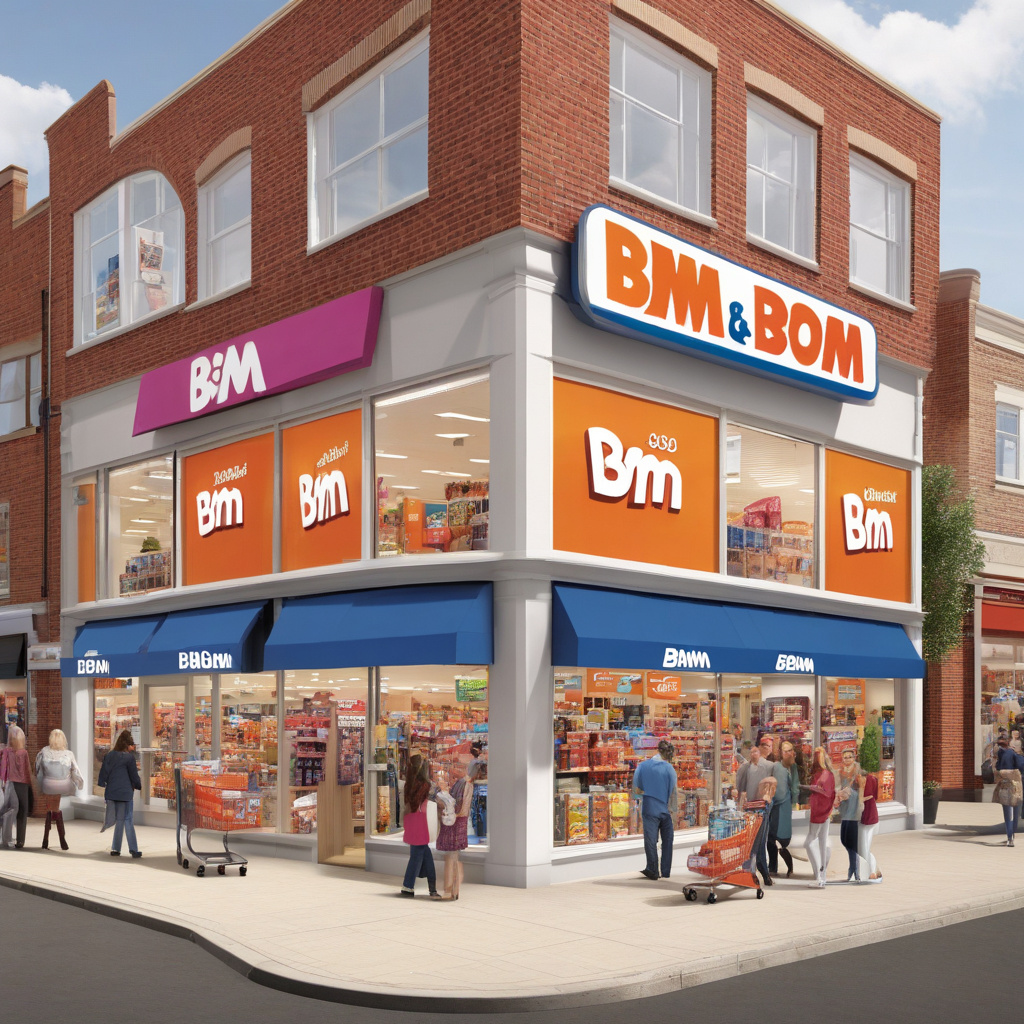B&M to Open 45 New Stores Despite Softer Sales
B&M, the UK discount retailer, is poised to expand its footprint significantly with plans to open 45 new stores this year, even as it grapples with weaker sales across its existing operations. This ambitious move raises questions about the retail giant’s strategy during a period when many businesses are cautious due to fluctuating consumer demand.
The decision to open new locations is particularly noteworthy considering that B&M has reported a dip in sales. The company stated that its sales figures have softened, a trend that has been echoed across the retail sector as rising inflation and changing consumer habits impact spending. Nevertheless, B&M’s leadership remains optimistic about the potential for growth and market share capture.
The rationale behind this expansion is multifaceted. B&M’s model focuses on providing value to customers, offering a wide range of products from groceries to home goods at competitive prices. As consumers become increasingly price-sensitive due to economic pressures, discount retailers like B&M are well-positioned to attract shoppers looking for bargains. By capitalizing on this shift in consumer behavior, the company aims to enhance its market presence and drive future sales.
Furthermore, B&M has a track record of successful store openings. In recent years, the retailer has expanded its operations rapidly, with new stores often generating a positive response from local communities. The new openings are expected to create thousands of jobs, contributing to local economies and boosting the company’s reputation as a community-focused employer.
However, the decision to open new stores amidst weaker sales raises some concerns. Critics argue that expanding during a downturn can be risky, as it may strain resources and divert attention from addressing the challenges that existing stores face. B&M must ensure that its new locations are well-researched and strategically placed to maximize their chances of success. This includes analyzing market demand, competition, and consumer demographics in the areas targeted for expansion.
To mitigate risks, B&M can leverage its existing data and customer insights to identify locations with high potential. For instance, the retailer could focus on areas where competition is limited or where there is a significant appetite for discount shopping. This data-driven approach can help B&M make informed decisions about where to invest its resources.
Moreover, B&M’s approach to store design and layout plays a crucial role in attracting customers. The company is known for its no-frills shopping experience, which appeals to budget-conscious consumers. By maintaining this ethos in new stores, B&M can reinforce its brand identity and encourage repeat visits. The challenge will be to ensure that each new store mirrors the operational efficiency and customer experience that B&M is known for.
Another aspect of B&M’s expansion strategy is the potential for online growth. The rise of e-commerce has transformed the retail landscape, and B&M has taken steps to enhance its online presence. By integrating its brick-and-mortar expansion with a robust online strategy, B&M can cater to a wider audience and offer convenience to shoppers who prefer to shop from home. This dual approach could help offset any declines in in-store sales, making the retailer more resilient in fluctuating market conditions.
In conclusion, B&M’s plan to open 45 new stores this year reflects a bold strategy to navigate the challenges posed by softer sales. By focusing on growth in the discount retail sector, the company aims to capitalize on changing consumer preferences and solidify its market position. While the road ahead may be fraught with uncertainties, B&M’s commitment to value and community engagement positions it well for long-term success. The coming year will be a critical period for B&M as it balances expansion with the need to address existing sales challenges.
#RetailExpansion, #B&MStores, #DiscountRetail, #ConsumerTrends, #BusinessStrategy
